Introduction

Italian cuisine is renowned for its array of delicious cheeses, and two of the most popular ones are Asiago and Parmesan. Both cheeses have their own unique flavors, textures, and culinary uses, making them beloved by chefs and food enthusiasts around the world. In this blog article, we will delve into the origins and historical significance of Asiago and Parmesan cheeses, explore the different types and taste profiles of each cheese, examine their production processes, and provide a nutritional comparison. By the end, you’ll have a clear understanding of the distinctions between Asiago and Parmesan, helping you make more informed choices in your culinary endeavors.
Brief Overview Of Asiago Cheese And Parmesan
Asiago Cheese and Parmesan are both popular Italian cheeses known for their distinct flavors and culinary versatility. Asiago Cheese, originating from the Asiago Plateau in the Veneto region of Italy, is made from cow’s milk and comes in two main varieties: fresh and aged. It has a buttery, creamy, and nutty taste with a hint of bitterness in the aged version. Parmesan, also known as Parmigiano-Reggiano or Grana Padano, is made from cow’s milk and aged for a minimum of 12 months. It has a sharp, robust flavor with fruity and savory notes and a distinct earthiness. Both cheeses are widely used in a variety of dishes and bring a unique taste to any recipe.
Historical Significance And Popularity
Asiago cheese and Parmesan both have rich histories and are highly popular cheeses in Italy and around the world. Asiago cheese has been produced for centuries in the Asiago Plateau region, with its origins dating back to the 10th century. It is deeply rooted in Italian culinary traditions and is an essential ingredient in various dishes. Parmesan, on the other hand, has a long history that traces back to the Middle Ages and is produced in specific regions of Italy, such as Parma and Reggio Emilia. The strict regulations governing the production of Parmesan contribute to its reputation for excellence. Both cheeses’ exceptional taste and versatility have made them highly sought after in global cuisine.
References:
Asiago Cheese
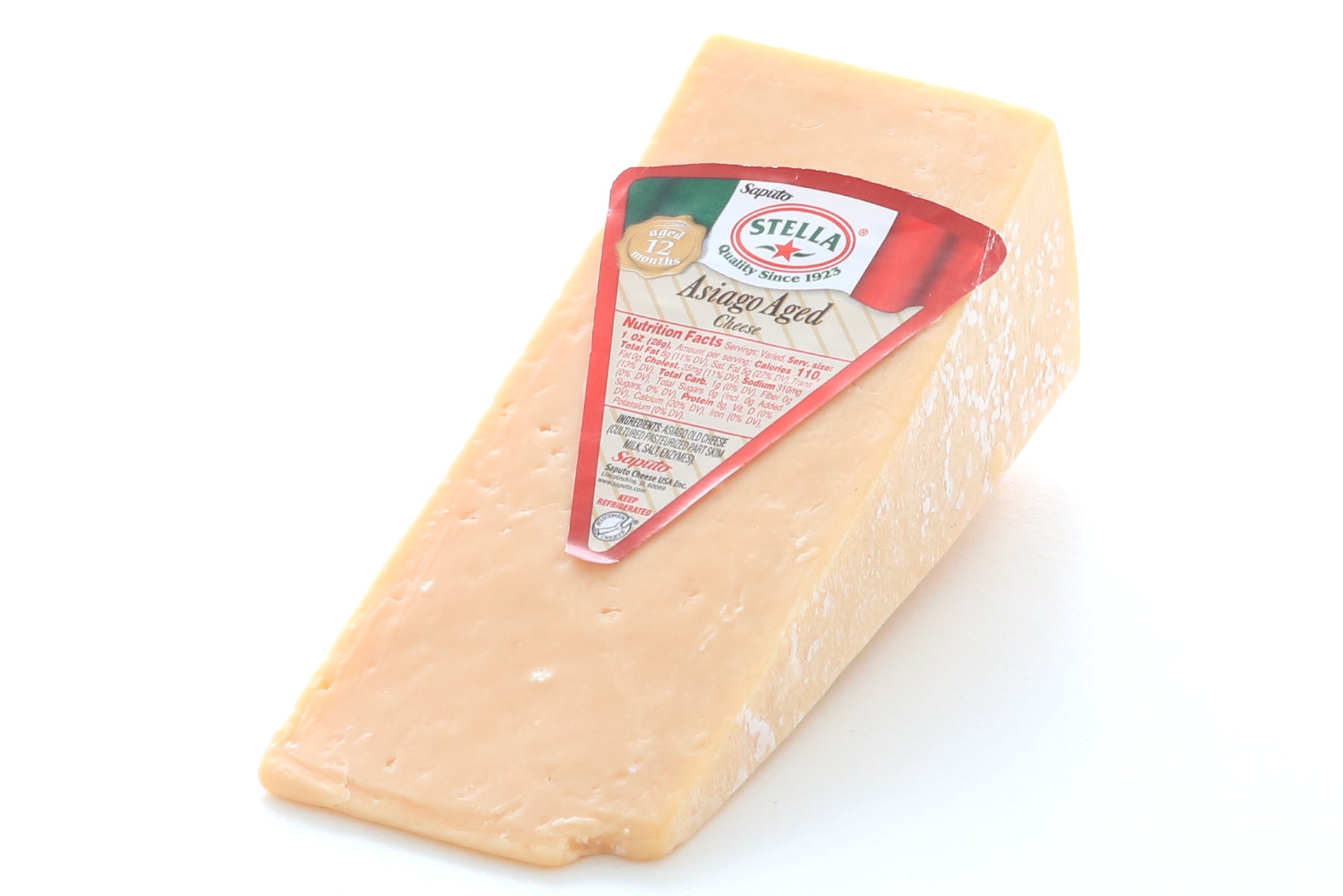
Asiago cheese is a classic Italian cheese that offers a unique flavor experience. It is made from cow’s milk and has a taste that is often compared to Parmesan. However, Asiago cheese has its own distinct qualities. It can be found in two main varieties: fresh Asiago, which is semi-soft and mild, and aged Asiago, which develops a sharper flavor after being aged for at least 9 months. This cheese is incredibly versatile and can be enjoyed on its own or grated over pasta, pizza, or salads. Its nutty and creamy notes add depth to a variety of dishes.
Types Of Asiago Cheese: Fresh Vs Aged
Asiago cheese comes in two main varieties: fresh Asiago and aged Asiago.
Fresh Asiago, also known as Asiago Pressato, is a semi-soft cheese with a mild flavor. It has a smooth and creamy texture, making it perfect for slicing and enjoying on its own or with crackers.
Aged Asiago, also known as Asiago D’Allevo, is aged for at least 9 months, resulting in a firmer texture and a sharper, nuttier flavor. This aged version is often grated over pasta, pizza, or salads to add a rich and savory taste.
Both types of Asiago cheese offer unique flavor profiles and can be used in a variety of culinary applications.
Taste Profile And Culinary Uses
Asiago cheese offers a delicate and mild flavor when it is fresh, with subtle hints of sweetness. It has a smooth and creamy texture that makes it perfect for slicing and enjoying on its own or with crackers. Aged Asiago, on the other hand, develops a sharper and nuttier taste as it ages, with a firm texture that is ideal for grating.
Both fresh and aged Asiago can be used in a variety of culinary applications. Fresh Asiago is often used in sandwiches, salads, and pasta dishes, as it melts beautifully and adds a creamy touch. Aged Asiago is commonly grated over pasta, pizza, or soups to impart a rich and savory flavor. Additionally, both varieties can also be enjoyed as a part of a cheese platter or used as a topping for bruschetta.
Parmesan Cheese
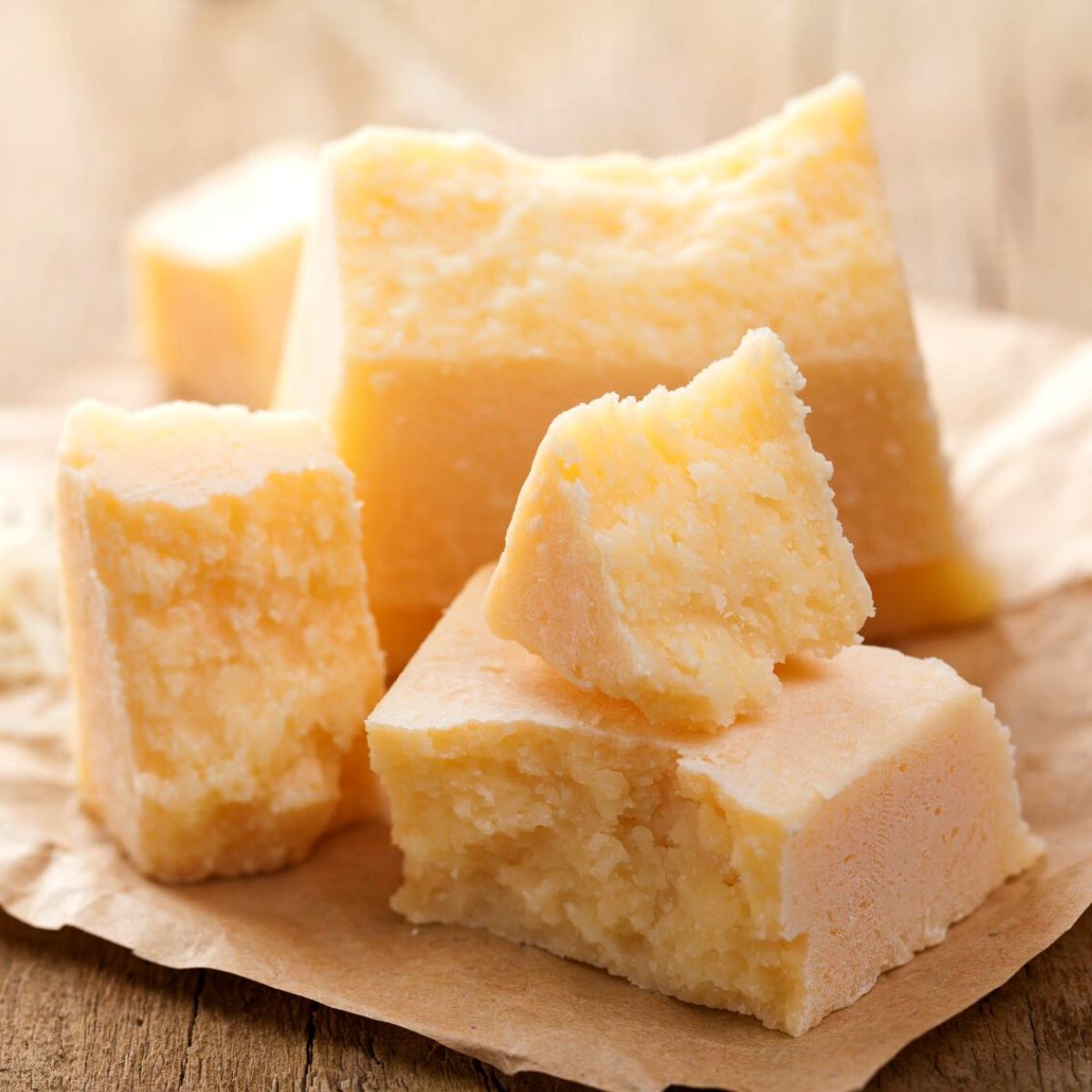
Parmesan cheese is a well-known Italian cheese that is revered for its intense and pungent flavor. It is typically aged for a minimum of 12 months, which results in a crumbly texture that is perfect for grating. Parmesan cheese is made from cow’s milk and has a high concentration of salts and proteins, giving it a rich and robust taste. Due to its sharp and savory flavor, Parmesan is commonly used as a topping for pasta dishes, salads, soups, and risottos. It can also be enjoyed on its own or paired with fruits and nuts for a delicious cheese platter.
Types Of Parmesan Cheese: Parmigiano-reggiano Vs Grana Padano
Parmesan cheese comes in different varieties, with two of the most famous types being Parmigiano-Reggiano and Grana Padano.
Parmigiano-Reggiano, often referred to as the “King of Cheeses,” is produced in a restricted area in Italy and undergoes a strict aging process of at least 24 months. It has a rich, nutty, and intense flavor, with a crumbly texture that makes it ideal for grating.
On the other hand, Grana Padano is a slightly milder and more affordable option. It is aged for a minimum of 9 months and has a similar flavor profile to Parmigiano-Reggiano, but with a slightly softer texture.
Both Parmigiano-Reggiano and Grana Padano are versatile cheeses and can be grated over pasta, salads, soups, or enjoyed on their own. Their distinct flavors add a delightful savory element to any dish.
Flavor Differences And Best Applications In Cooking
When it comes to flavor differences, Asiago cheese is slightly more buttery, creamy, and nutty compared to Parmesan. It also has a more pronounced bitterness, especially in aged varieties like Asiago Stravecchio. On the other hand, Parmesan is known for its sharpness and robustness, with fruity and savory notes and a distinct earthiness. As for cooking applications, both cheeses can be grated over pasta, salads, soups, or enjoyed on their own. However, Parmesan’s stronger flavor profile makes it a great choice for dishes where you want a bold and distinct cheese flavor to shine through.
Production Process
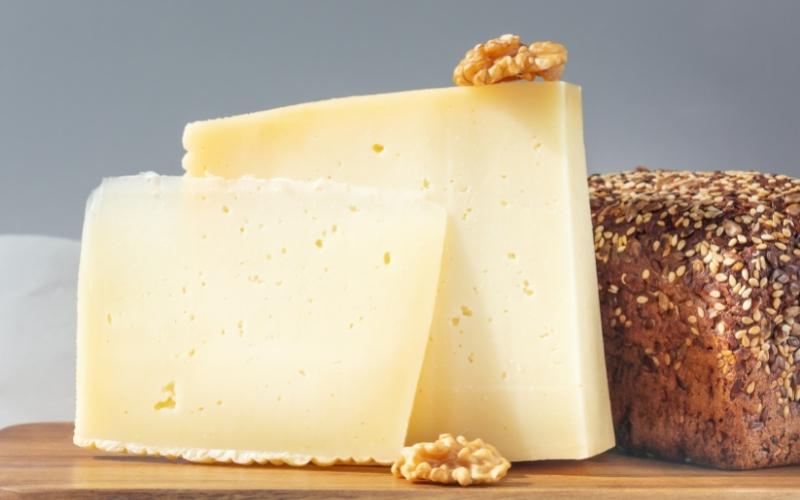
The production process for Asiago cheese involves using cow’s milk, which is heated and mixed with rennet to create curds. The curds are then cut into small pieces, cooked, and stirred to release whey. The curds are molded into wheels, which are then brined and left to age for various periods of time, depending on the desired flavor and texture.
On the other hand, Parmesan cheese is made from partially skimmed cow’s milk. The milk is heated and mixed with rennet to form curds, which are then cooked and stirred. The curds are molded into wheels, and salt is applied to the surface. After this, the cheese is left to age for at least 12 months, allowing it to develop its distinct flavor and granular texture.
Methods Of Production For Asiago Cheese
Asiago cheese is traditionally made using cow’s milk, although it can also be made from goat’s milk. The production process begins by heating the milk and adding rennet to form curds. The curds are then cut into small pieces and cooked. They are stirred to release whey, and the remaining curds are molded into wheels. These wheels are then brined, which adds flavor and helps form the rind. The cheese is then aged for different periods of time, ranging from a few months to a year, depending on the desired flavor and texture. This aging process allows the cheese to develop its distinct characteristics.
Production And Aging Process Of Parmesan Cheese
Parmesan cheese, also known as Parmigiano-Reggiano, is produced using traditional methods in specific regions of Italy. The production process begins with heating and curdling cow’s milk using natural whey starters. The curds are then cut into small pieces and cooked at a specific temperature. The cooked curds are molded into large wheels and immersed in brine for several weeks to develop flavor and texture. After brining, the wheels are aged for a minimum of 12 months and up to 36 months. During the aging process, the cheese develops its characteristic granular texture and intense flavor. The longer aging period results in a deeper, more complex flavor profile. Parmesan cheese is typically aged for at least 24 months before it is ready to be enjoyed.
Nutritional Comparison
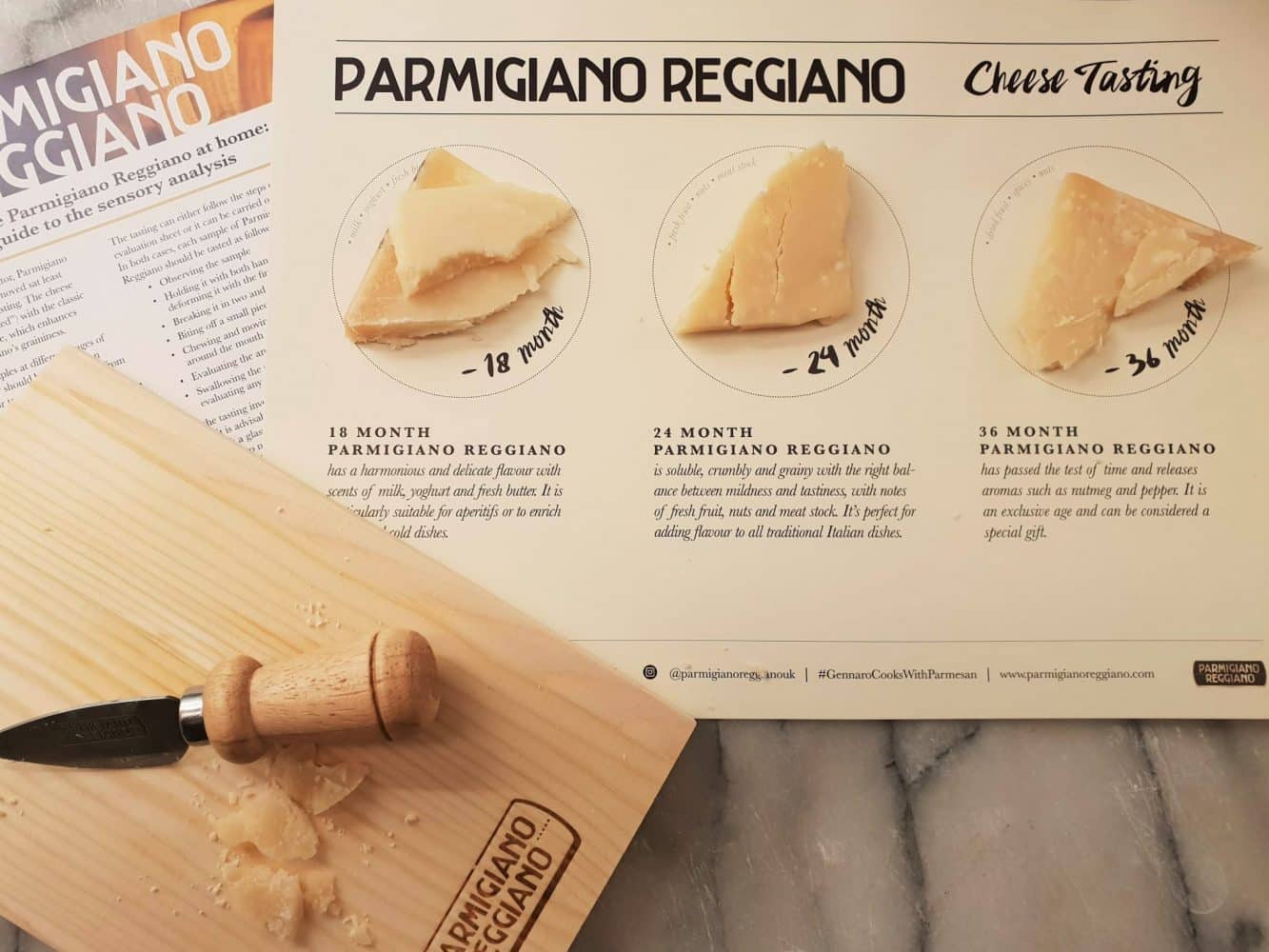
When it comes to comparing the nutritional value of Asiago cheese and Parmesan cheese, there are some notable differences. Parmesan cheese contains higher levels of protein, calcium, and phosphorus compared to Asiago cheese. It also has lower amounts of sodium and sugar per serving. On the other hand, Asiago cheese tends to be lower in calories, total fat, and saturated fat compared to Parmesan cheese. These nutritional differences can be helpful for individuals who are considering their options and making informed choices about their cheese consumption.
Nutritional Value Of Asiago Cheese
Asiago cheese is known for its rich flavor and versatility in cooking, but it also offers some nutritional benefits. In terms of calories, Asiago cheese is slightly lower compared to Parmesan cheese. It is also lower in total fat and saturated fat content. Asiago cheese is a good source of protein, providing essential amino acids for muscle growth and repair. Additionally, it contains key minerals like calcium and phosphorus, which are important for bone health and proper bodily functions. Asiago cheese is a delicious addition to your meals while providing some essential nutrients.
Nutritional Value Of Parmesan Cheese
Parmesan cheese is not only flavorful but also packed with essential nutrients. It is a great source of protein, calcium, and phosphorus, which are important for maintaining strong bones and supporting overall bodily functions. Parmesan cheese is also low in calories and saturated fat, making it a healthier option compared to other cheeses. Additionally, it contains vitamins such as vitamin A and vitamin B12. Including Parmesan cheese in your diet can provide you with a delicious and nutritious boost.
Conclusion
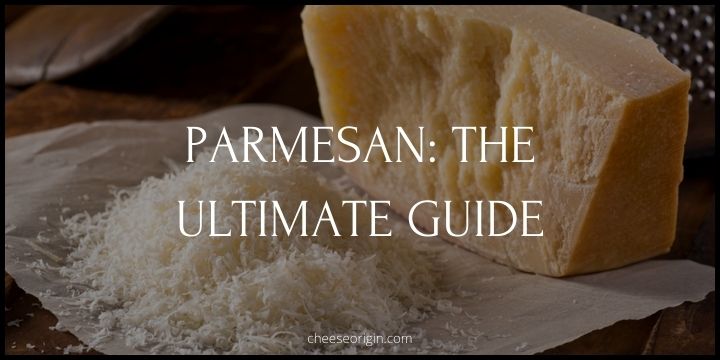
In conclusion, when it comes to comparing Asiago cheese and Parmesan, both cheeses have their own unique characteristics and flavors. Asiago cheese offers a slightly buttery and creamy texture with a noticeable bitterness, while Parmesan has a sharper and more robust flavor with fruity and savory notes. It ultimately comes down to personal preference and the specific recipe or dish being prepared. Whether you choose Asiago or Parmesan, both cheeses can enhance the taste and elevate your culinary experience. So indulge in the rich flavors of these contrasting Italian cheeses and enjoy the deliciousness they bring to your meals.
Comparison Of Asiago Cheese And Parmesan Cheese
When comparing Asiago cheese and Parmesan cheese, it is clear that both have distinct characteristics and flavors. Asiago cheese offers a slightly buttery and creamy texture with a noticeable bitterness, while Parmesan has a sharper and more robust flavor with fruity and savory notes. Asiago cheese can be used in a variety of dishes, including sandwiches, salads, and pasta, while Parmesan is typically used for grating and sprinkling over dishes like pasta, risotto, and soups. Ultimately, the choice between Asiago and Parmesan depends on personal taste and the specific recipe being prepared.
Culinary Recommendations And Final Thoughts
When it comes to culinary recommendations, both Asiago cheese and Parmesan cheese have their own unique qualities that make them versatile and delicious additions to a variety of dishes. Here are some suggestions for how to best utilize each cheese:
- Asiago cheese: Its creamy texture and mild flavor make it an excellent choice for salads, sandwiches, and light pasta dishes. It can also be melted and used as a topping for pizzas or added to creamy sauces for a touch of richness.
- Parmesan cheese: With its bold and robust flavor, Parmesan shines when used as a finishing touch on pastas, risottos, and soups. It can also be grated and used as a flavorful crust for breaded meats or added to savory baked dishes for an extra burst of flavor.
In conclusion, whether you choose Asiago cheese or Parmesan cheese, you can’t go wrong. Both cheeses offer unique flavors and textures that elevate the taste of your dishes. Experiment with both to discover your personal preferences and let your taste buds guide you.
FAQ About Asiago Cheese Vs Parmesan: Contrasting Italian Cheeses
Q: What is the main difference between Asiago cheese and Parmesan?
A: The main difference lies in their taste profiles. Parmesan has a nutty and salty flavor, while Asiago has a more mild and subtle taste with hints of sweetness.
Q: Are Asiago and Parmesan interchangeable in recipes?
A: While both cheeses are hard, aged cheeses, they have distinct flavors. It is best to use them according to the specific taste required in a recipe. Parmesan is commonly used for its bold flavor and Asiago for its milder taste.
Q: Which cheese is more versatile for different dishes?
A: Parmesan is more versatile in terms of the range of dishes it can be used in, including pasta, salads, and soups. Asiago, on the other hand, is preferred for grating over pasta and salads or enjoying on a cheese platter.
Q: Can Asiago and Parmesan be used interchangeably for grating?
A: Both Asiago and Parmesan can be grated over dishes, but due to their flavor variances, the choice should be based on the desired taste outcome of the dish.
Q: How do the aging processes of Asiago and Parmesan differ?
A: Parmesan is aged for a longer period, typically around 18-36 months, which gives it a more intense flavor. Asiago, on the other hand, is aged for around 5-12 months, resulting in a milder taste.
Q: Which cheese is more affordable, Asiago or Parmesan?
A: Generally, Asiago cheese is more affordable than Parmesan due to differences in production costs and aging processes. However, prices may vary depending on the brand and quality of the cheese.

Marine Bay Restaurant received the International Food Culture Award 2019 as the Best Szechuan & Hunan Restaurant, enjoying a reputation in North America. Renowned for the tunnel, authentic, and cheap. Known as “Human Taste First Garden,” 2013 Vancouver culinary first book named “Best Chuan Xiang Outlets,” significant temperature and China Eastern Airlines designated outlets.